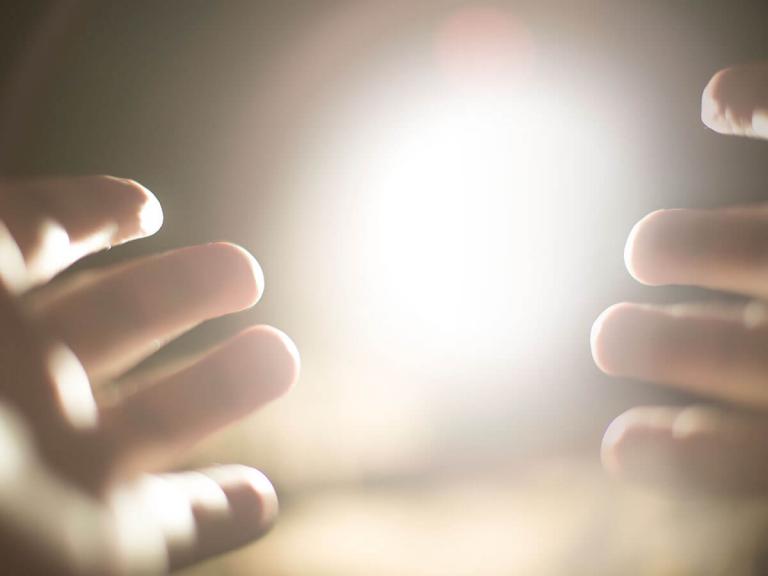
A new study published earlier this month shows that there is a surge of brain activity upon cardiac arrest, which may explain the bright lights and familiar faces that people describe after having a near-death experience (NDE). The study, for anyone looking to check off some big scientific words on their bingo card, is entitled “Surge of Neurophysiological Coupling and Connectivity of Gamma Oscillations in the Dying Human Brain.” Utilizing EEGs, scientists discovered that there was an uptick in gamma activities during acute asphyxia or cardiac arrest in both people and animals. Gamma power enables the brain to focus and problem-solve. The effect in dying patients was similar to that of having dreams, which may explain the images people claim to see after surviving an NDE.
The study involved four patients, two of whom had increased brain activity while the other two did not. How frequent images are at the moment of death is hard to calculate since most patients pass on rather than recuperate. “How vivid experience can emerge from a dysfunctional brain during the process of dying is a neuroscientific paradox,” said Dr. George Mashour. The results remained inconclusive because the scientists were unable to interview the two patients with increased brain activity about what they had seen.
NDEs remain a contentious issue amongst Christians. On the one side, there is a great comfort and hunger for stories of seeing Heaven or loved ones who have passed on. Books like Heaven is for Real and 90 Minutes in Heaven were both adapted into films, each detailing vivid experiences of individuals that could only describe what they saw as Heaven. Yet, on the other hand, are stories like The Boy Who Came Back from Heaven, published in 2010. The story detailed the experiences of Alex Malarkey, who had been in a severe car accident in 2004. Then six at the time, Malarkey spent months comatose. After waking up, Malarkey began to describe how he had visited Heaven and that he was receiving visits from angels and demons after his coma. He and his father co-authored the book, published by Tyndale. It went on to sell over a million copies.
However, in 2015, Malarkey said he had made the whole thing up. “I did not die. I did not go to Heaven. I said I went to Heaven because I thought it would get me attention,” he wrote on a Christian blog. The move destroyed his family, with Alex’s father, Kevin, insisting the story was true and divorcing Alex’s mother. Tyndale withdrew the book, and the credibility of other such stories was deeply damaged. Yet the study also remains inconclusive, begging the question – how to interpret NDE? Chemical reactions? Messages from God? In a broad article detailing NDEs and their possible explanations, Answers in Genesis leaves it ultimately up to God. “Near-death experiences point to a world beyond our own,” the ministry concluded. “Whether any particular near-death experience is a reliable experience from God can be challenging to discover. However, one thing remains true of everyone: we will all die. And there is only one rescue from a just and eternal judgment: repenting and believing the good news of Jesus Christ.”
